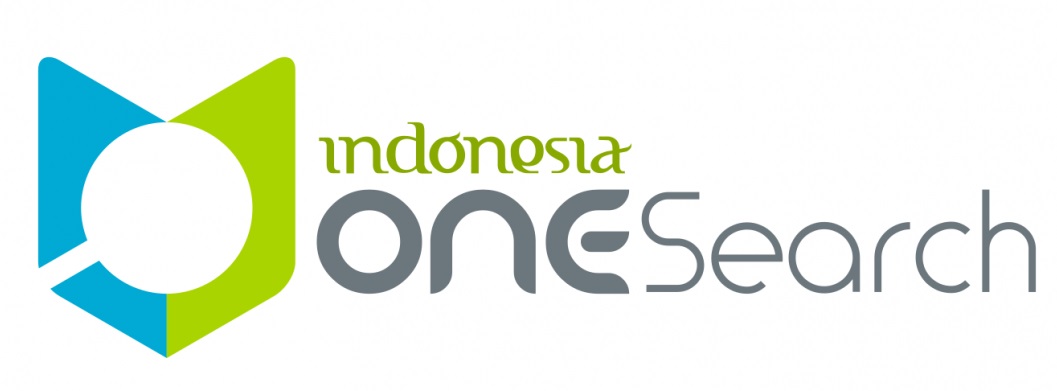Tingkat Keseriusan Pelanggaran, Efek Pengamat, dan Niat Whistleblowing
Abstract
Currently, fraud remains a significant issue within organizations. Therefore, it is necessary to implement whistleblowing policies as one of the preventive measures. This research aims to analyze the influence between the seriousness of violations and the bystander effect on whistleblowing intentions, as well as to examine the influence of the seriousness of violations on the bystander effect on whistleblowing intentions. This study employs a 2x2 factorial between-subjects design involving 118 participants from undergraduate accounting students at the Faculty of Economics and Business, Universitas Andalas. The results indicate differences in whistleblowing intentions between high and low seriousness violation levels, as well as between conditions with and without the bystander effect. The seriousness of violations can increase whistleblowing intentions, while the bystander effect can decrease whistleblowing intentions. Furthermore, this study successfully demonstrates that the seriousness of violations can moderate the influence of the bystander effect on whistleblowing intentions.The results of this study are expected to enrich the literature for the development of science and also as a consideration for organization on whistleblowing policies.
Keywords:Seriousness Of Violations; Bystander Effect; WhistleblowingIntention
Downloads
References
Ajzen, I. (1991). The Theory of Planned Behavior. Organizational Behavior and Human Decision Processes., 50, 179–211.
Asiah, N., & Rini, D. S. (2017). Pengaruh Bystander Effect Dan Whistleblowing Terhadap Terjadinya Kecurangan Laporan Keuangan. Nominal, Barometer Riset Akuntansi Dan Manajemen, 6(1). https://doi.org/10.21831/nominal.v6i1.14336
Association of Certified Kecurangan Examiners. (2022). Occupational Kecurangan 2022.
Baptista, S. R., Banda, F. L., & Londa, Y. (2021). Pengaruh Komitmen Profesional Terhadap Whistleblowing Intention: Locus of Control sebagai Variabel Moderating (Studi Persepsi Mahasiswa Akuntansi Universitas Flores). Jurnal Riset Ilmu Akuntansi, 1(2), 1–12.
Brief, A. P., & Motowidlo, S. J. (1986). Prosocial Organizational Behaviors. The Academy of Management Review, 11(4), 710. https://doi.org/10.2307/258391
Christyawan, A. F., & Hapsari, A. N. S. (2021). Whistleblowing dan alasan mahasiswa melakukannya. COSTING : Journal of Economic, Business and Accounting, 5(1).
Culiberg, Barbara & Katarina Katja Mihelicˇ. (2016). The Evolution of Whistleblowing Studies: A Critical Review and Research Agenda. Springer Science+Business Media
Dungan, J., Waytz, A., & Young, L. (2015). The psychology of whistleblowing. Current Opinion in Psychology, 6, 129–133. https://doi.org/10.1016/j.copsyc.2015.07.005
Fathiyah, F., Mufidah, M., & Masnun, M. (2019). Whistleblowing dan Niat Melaksanakannya Mahasiswa. Ekonomis: Journal of Economics and Business, 3(2), 150. https://doi.org/10.33087/ekonomis.v3i2.75
Harahap, H. F., Misra, F., & Firdaus, F. (2020). Pengaruh Jalur Pelaporan dan Komitmen Religius terhadap Niat Melakukan Whistleblowing: Sebuah Studi Eksperimen. Jurnal Ilmiah Akuntansi, 5(1), 130. https://doi.org/10.23887/jia.v5i1.24289
Hussain, I., Shu, R., Tangirala, S., & Ekkirala, S. (2019). The Voice Bystander Effect: How Information Redundancy Inhibits Employee Voice Journal: Academy of Management Journal The Voice Bystander Effect: How Information Redundancy Inhibits Employee Voice THE VOICE BYSTANDER EFFECT: HOW INFORMATION REDUNDANCY INH. Academy of Management Journal, 62(3), 828–849.
I Putu Ade Andre Payadnya, S.Pd., M. P., & I Gusti Agung Ngurah Trisna Jayantika, S.Pd., M. P. (2018). PANDUAN PENELITIAN EKSPERIMN BESERTA ANALISIS STATISTIK DENGAN SPSS.
Kusumaningsih, A. (2021). Factors Affecting Whistleblowing Intention : A Study of Accounting Undergraduate Students. AKRUAL, 13(1), 109–118. https://doi.org/10.26740/jaj.v13n1.p
Maharani, & Mahmudah, H. (2021). Pengaruh Bystander Effect, Whistleblowing, Dan Perilaku Etis Terhadap Financial Statement Kecurangan. Paradigma, 18(2), 24–31. https://doi.org/10.33558/paradigma.v18i2.2926
Mande, H. (2020). Whistleblowing Dalam Bingkai Prososial (Eksperimen Kuasi). Universitas Hasanuddin.
Mesmer-Magnus, J. R. and C. Viswesvaran: 2005, ‘Whistleblowing in Organizations: An Examination of Correlates of Whistleblowing Intentions, Actions, and Retaliation’, Journal of Business Ethics 62, 277–297. https://doi.org/10.1007/s10551-005-0849-1
Nahartyo, E. (2013). Desain Dan Implementasi Riset Eksperimen. Yogyakarta: UPP STIM YKPN
Nayir, D. Z., & Herzig, C. (2012). Value Orientations as Determinants of Preference for External and Anonymous Whistleblowing. Journal of Business Ethics, 107(2), 197–213. https://doi.org/10.1007/s10551-011-1033-4
Nurhalizah, K. H., & Saud, I. M. (2021). Pengaruh Tingkat Keseriusan Pelanggaran , Reporting Channel , dan Retaliasi Terhadap Niat Melakukan Whistleblowing. 5(2), 164–184.
Park, H., & Blenkinsopp, J. (2009). Whistleblowing as Planned Behavior – A Survey of South Korean Police Officers. 545–556. https://doi.org/10.1007/s10551-008-9788-y
Prasetyo, M. F., Purnamasari, P., & Maemunah, M. (2017). Pengaruh Tingkat Keseriusan Pelanggaran, Faktor Demografi dan Faktor Organisasional terhadap Intensi Whistleblowing (Survei pada Karyawan Otoritas Jasa Keuangan Regional 2 Jawa Barat). Prosiding Akuntansi. 18(2), 124–132.
Putri, L. A., Saud, I. M., Anisa, L., Akuntansi, P., Bisnis, E., & Yogyakarta, U. M. (2019). PENGARUH KESERIUSAN PELANGGARAN , PERSONAL COST , DAN FINANCIAL INCENTIVES TERHADAP NIAT MELAKUKAN TINDAKAN WHISTLEBLOWING. Prosiding UMY, 1(2), 522–533.
Rusmita, N. W., (2022). Pengaruh Sifat Machiavellian, Komitmen Profesional dan Tingkat Keseriusan Pelanggaran Terhadap Niat Untuk Melakukan Whistleblowing (Studi Empiris Pada BPK RI Perwakilan Provinsi Bali). Hita Akuntansi dan Keuangan, 3(4), 93–108. https://doi.org/10.32795/hak.v3i4.2721
Seltman, H. J. (2018). Experimental Design and Analysis. In camegie mellon university. https://doi.org/10.1201/b18362-13
Sugiyanto. (2009). MANIPULASI: KARAKTERISTIK EKSPERIMEN. Buletin Psikologi, (17)2, 98-108. https://doi.org/10.22146/bpsi.11486
Trevino, L. K., & Victor, B. (1992). Peer Reporting of Unethical Behavior: A Social Context Perspective. Academy of Management Journal, 35(1), 38–64. https://doi.org/10.5465/256472
Wakhidah, A. K., & Mutmainah, K. (2021). Bystander Effect, Whistleblowing System, Internal Locus of Control Dan Kompetensi Aparatur Dalam Pencegahan Kecurangan Dana Desa. Journal of Economic, Business and Engineering (JEBE), 3(1), 29–39. https://doi.org/10.32500/jebe.v3i1.1993
Wiradharma, G., & Septiyadi, R. (2017). Bystander Effect: Ketidakpedulian Orang Urban. Seminar Nasional Budaya Urban Kajian Budaya Urban Di Indonesia Dalam Perspektif Ilmu Sosial Dan Humaniora: Tantangan Dan Perubahan, 98–108.
Yahya, N., & Damayanti, F. (2021). Faktor-Faktor yang Mempengaruhi Whistleblowing Intention dengan Retaliasi Sebagai Variabel Moderasi. Akuntabilitas, 14(1), 43–60. https://doi.org/10.15408/akt.v14i1.20803

This work is licensed under a Creative Commons Attribution-ShareAlike 4.0 International License.

















